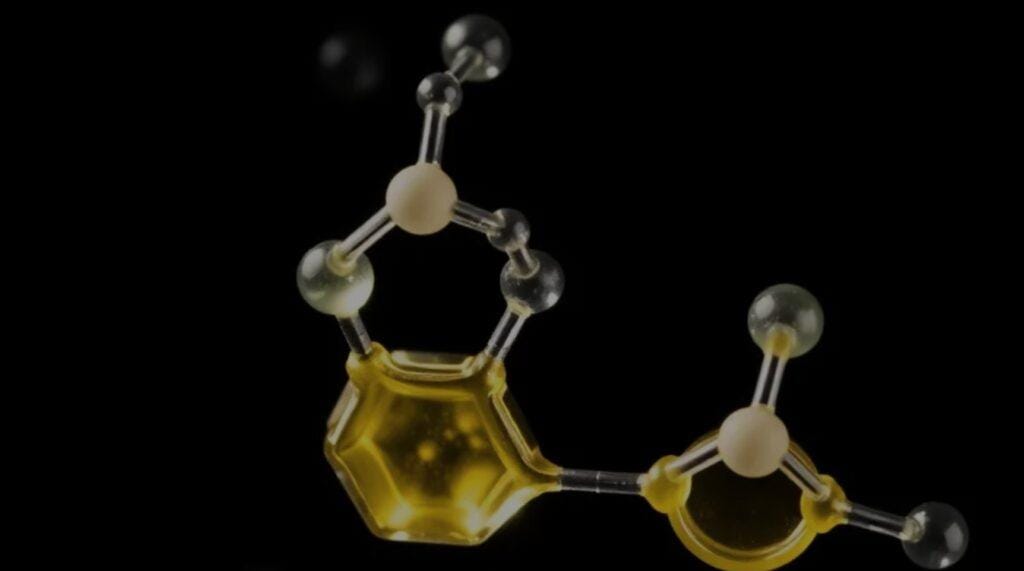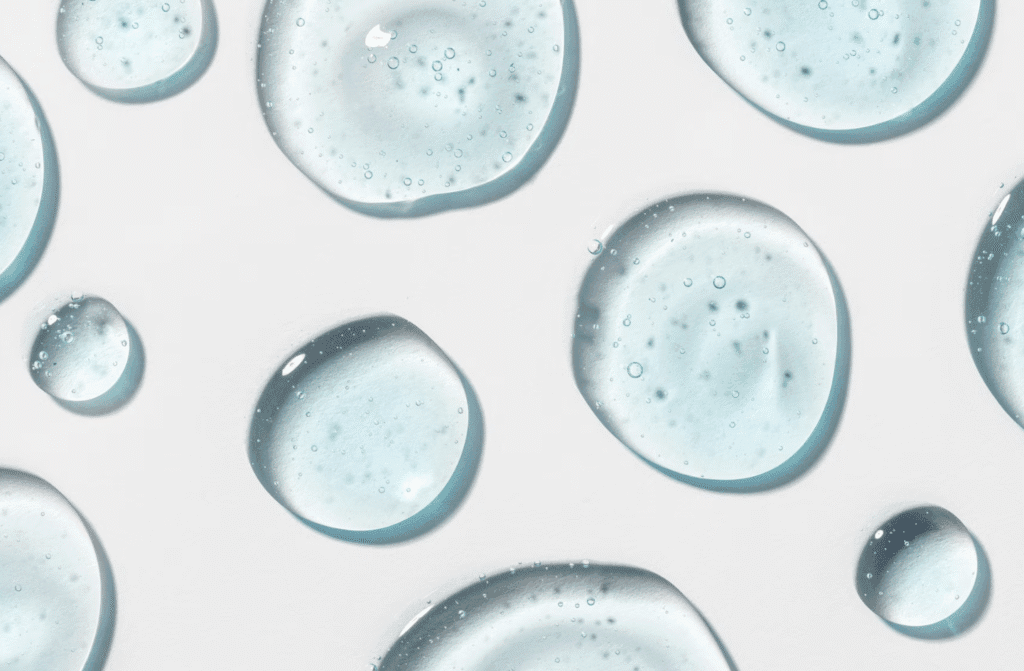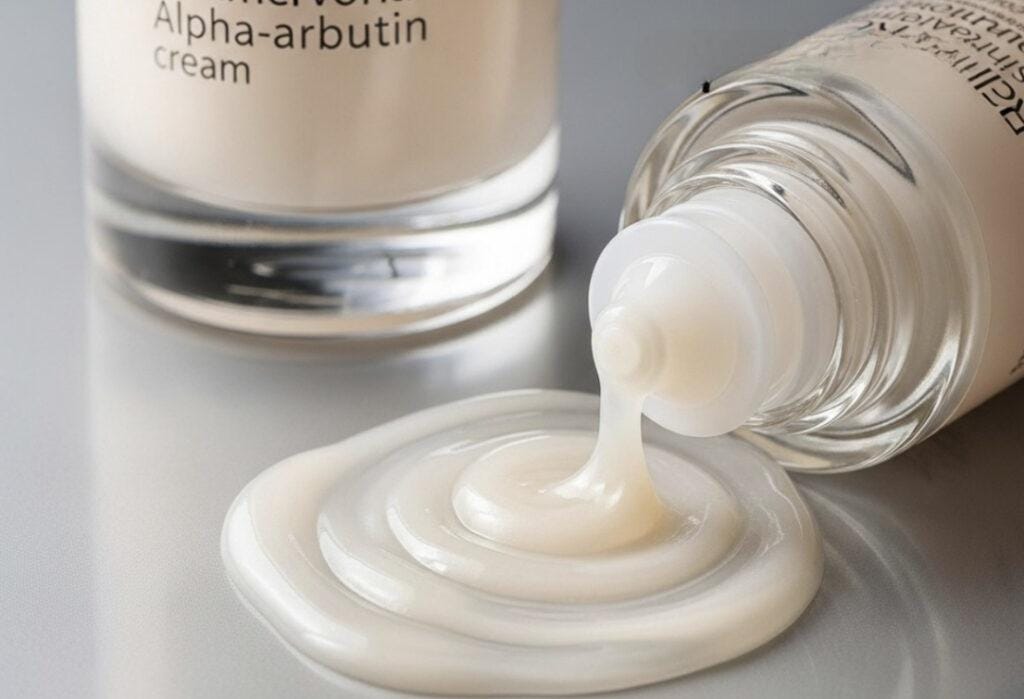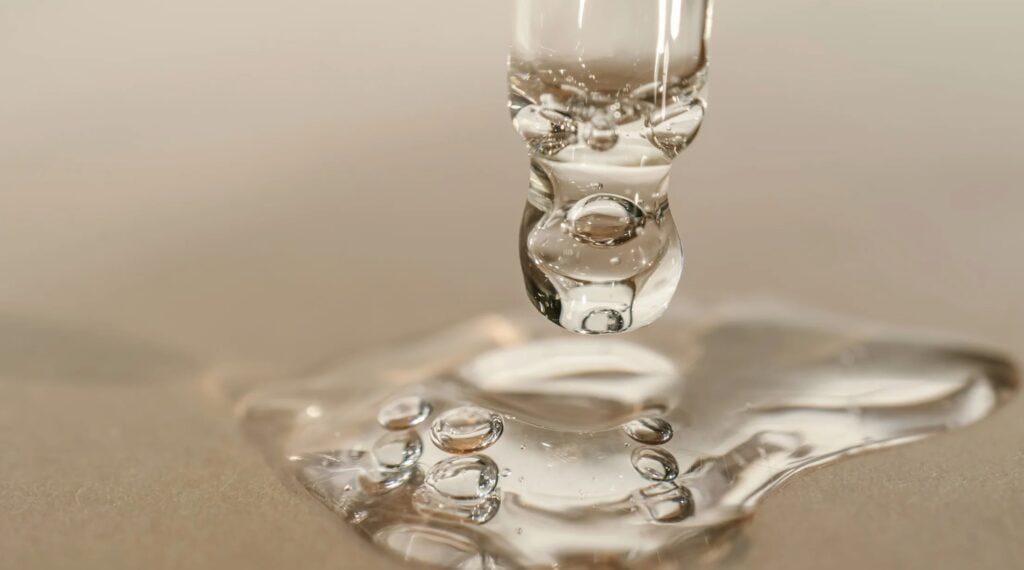Ever wanted one skincare ingredient that could fight acne, fade dark spots, and make your skin glow? Introducing your new best friend: azelaic acid in skincare – the multi-tasking wonder ingredient that dermatologists can’t get enough of!
If you’ve been on the search for a skincare ingredient that actually does it all, allow me to introduce you to azelaic acid in skincare. It’s the unsung hero that’s been subtly overhauling complexions for years, yet it’s one that only really started to get the attention it deserves recently.
What’s so great about azelaic acid? For one, it’s one of the rare ingredients that can treat a multitude of skin issues all at once. No matter if you’re fighting hard-earned azelaic acid for acne, fighting against azelaic acid for dark spots, trying to curb rosacea and uneven skin tone all at once, this ingredient could be your call for the holy grail.
I came across azelaic acid for the first time because my dermatologist suggested it for my combination skin, which was prone to both breakouts and post-inflammatory hyperpigmentation. Skeptical at first (what had I not tried that promised me results and didn’t deliver?), I was so surprised when, within just a few weeks, my skin looked clearer, more even, and glowier than I thought possible.
Azelaic acid benefits far beyond just treating acne. It’s also antimicrobial, anti-inflammatory, and aids in the regulation of keratin production — the street name for the protein that can cause pore blockages. And, for the most part, gentle enough for most skin types, and yes, even sensitive skin if used properly.
Did You Know?
Azelaic acid was first found in wheat and rye, but the ingredient we see in skincare now is a highly purified, synthetic form of it that’s gentle and abundantly effective. Azelaic acid for acne doesn’t leave skin painfully dry or flaky like many other aggressive acne treatments can.
Also Read: Kojic Acid in Skincare: The Ultimate Guide for Even-Toned Skin
What is Azelaic Acid?
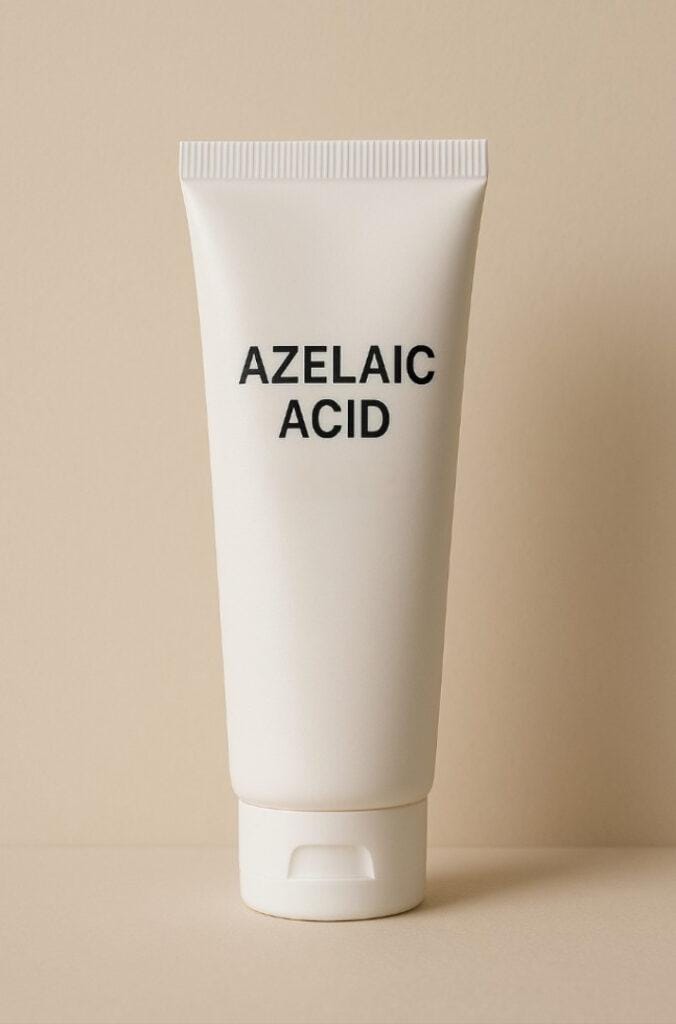
Azelaic acid is a naturally occurring dicarboxylic acid, mainly produced in a synthetic manner for pharmaceutical and cosmetic applications. At 10 to 20 percent concentration, it’s been found to be effective in addressing multiple skin concerns.
It was originally developed for rosacea, but researchers quickly found it had amazing effects on acne and pigmentation, and it quickly entered the hallowed halls of triple threat in skincare.
Forms of Azelaic Acid in Skincare
You can find azelaic acid in skincare in other formulations, depending on the product and your skin’s needs:
- Creams(10-20%): Most popular for adequate moisturization in dry-normal skin type.
- Gels (15%): Recommended for oily skin, they absorb easily without any residue.
- Serums: (1.0% or less): Frequently used alongside other actives to boost efficacy.
- Prescription-based (15-20%): Usually used for rosacea and serious acne
Key Benefits for Your Skin
So the perks of azelaic acid are kind of awesome. Here’s why dermatologists swear by it and your skin will, too:
- Fights acne-causing bacteria: This ingredient for acne is antimicrobial, which means it works to kill the bacteria that cause P. acnes. The bacteria that lead to breakouts.
- Fades dark spots: Azelaic acid is effective for dark spots because it blocks tyrosinase, the enzyme that’s necessary for melanin production.
- Minimizes inflammation: Soothes redness and swelling from acne and rosacea.
- Gently exfoliates: Instead of physically scrubbing, it uses enzymes to dissolve dead skin cells with no irritation.
- Illuminating: Creates a brighter-looking complexion.
- Helps prevent future breakouts: By ensuring pores don’t get clogged with excess keratin.
How to Incorporate It into Your Routine
It’s easy to add azelaic acid to your skincare routine, but doing the following steps correctly will help you get the best results:
- Ease your way in: Start with 2-3 applications a week, then go up to 5-7 as your skin gets accustomed to BP.
- Massage into clean, dry skin: Use after cleansing but before heavier creams.
- Use a pea-sized amount and less is more: smear thinly across the entire face.
- Continue with a moisturizer: This is especially important if you notice any dryness.
- Always use sunscreen: This applies to all skin care routines, but this acid is not photosensitizing like some acids are.
Pro Tip: To head off maximum strength sneaky side-eye from your skin with minimum irritation, apply your azelaic acid product after a light moisturizer a few times in the first few weeks of getting started.
Best Ingredients to Pair
Here’s a helpful table showing what pairs well with azelaic acid in skincare:
| Combination | Benefits | Best Time to Use |
|---|---|---|
| Azelaic acid + Niacinamide | Reduces redness, strengthens skin barrier | AM or PM |
| Azelaic acid + Hyaluronic Acid | Hydration boost while treating acne | AM or PM |
| Azelaic acid + Vitamin C | Enhanced brightening against dark spots | AM with sunscreen |
| Azelaic acid + Retinol | Targets acne and anti-aging simultaneously | Alternate nights |
Want to know how each ingredient transforms your skin? Read more about Vitamin C, Niacinamide, Retinol, and Hyaluronic Acid.
What to Avoid Mixing With
While azelaic acid for acne plays nicely with a lot of other ingredients, there are a few you should proceed with caution around:
- Benzoyl Peroxide: Combined use may result in dryness and irritation.
- Powerful Acids (AHAs/BHAs): Can cause over-exfoliation.
- Retinoids: Use very carefully, only if your skin can handle it.
Quick Tip: If you’d like to alternate between actives, apply them at different times of day. For example, azelaic acid in the a.m. and retinol in the p.m.
Side Effects to Be Aware Of
In general, azelaic acid in skincare is safe to use, but as with any active ingredient, it’s not without risks.
Side Tips to follow
- Start with a lower frequency and concentration
- Follow with a hydrating moisturizer
- Always patch test and introduce slowly
Side Effects to Know
- Mild tingling or burning
- Dryness or peeling
- Redness
Product Recommendations
Need product guidance? Here are the azelaic acid products worth trying and that are also easy to get your hands on if you’re looking to switch things up:
- The Ordinary Azelaic Acid Suspension 10%: Cheap, good if you can’t use the others. Buy here
- Paula’s Choice 10% Azelaic Acid Booster: Light and sheer. Get here
- Naturium Azelaic Acid Emulsion 10%: With Niacinamide – Lightweight Moisturizer. Snag it here
- Type Azelaic Acid Serum: Good, clean formulation for dark spots. Grab it here
Common Myths Debunked
Myth: It’s only for acne.
Truth: It’s also amazing for pigmentation, rosacea, and texture.
Wrapping Up: Add into your skincare routine
After taking in all of the wonderful advantages of azelaic acid, it’s easy to see why this superstar ingredient should have a home in your skincare lineup. Whether you’re looking at azelaic acid for acne, azelaic acid for dark spots, or just hoping to score a more even skin tone, the multi-tasking ingredient offers a high-impact payoff—and generally comes with less aggressive side effects compared to other actives.
Rule of thumb: Stick with azelaic acid in skincare. Most users reportedly see dramatic results within 4-6 weeks after using it, with optimal results after 3-4 months of continuous treatment. Have you ever given azelaic acid a go? Leave a comment and let me know what has worked for you!
FAQs
Can you use azelaic acid every day?
Yes, most people can work up to daily use of azelaic acid, but it’s always best to start using it every other day and then build the frequency that your skin can tolerate.
How long does azelaic acid take to work?
You might see the size of your pimples and redness decrease in 2-4 weeks, but it will take 8-12 weeks of continuous daily use to notice any major lightening of the dark spots.
Is it safe to use azelaic acid and vitamin C?
Absolutely! These two work together nicely for brightening. If you have sensitive skin, try using a vitamin C in the morning and azelaic acid at night to reduce the risk of irritation.

